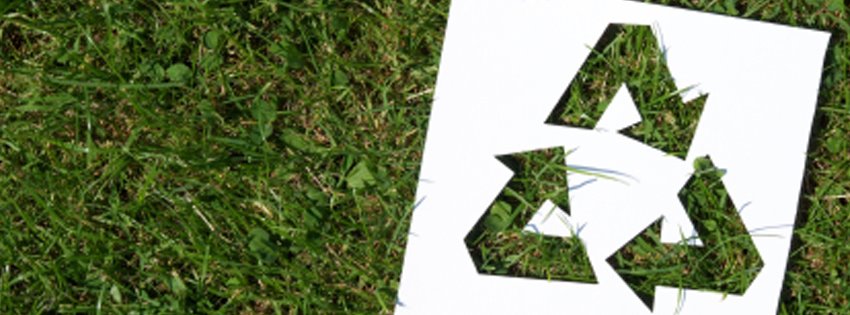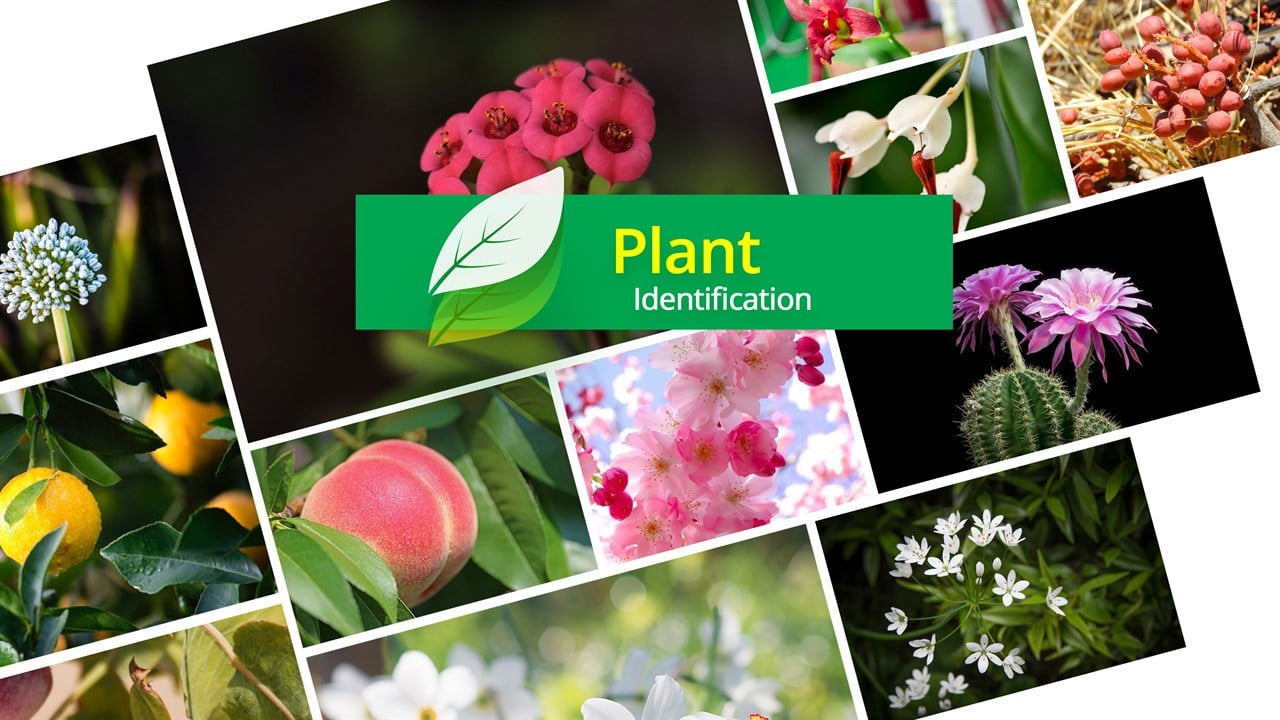The Swamp Stomp
Volume 19, Issue 13
Often thought of as vermin, beavers have been trapped and shot, while their dams have been destroyed by dynamite and bulldozers. However, the dry climates that have caused droughts throughout the West have brought beavers back to the forefront of landscape preservation.
By creating their dams, beavers raise the water table along rivers, which supports the tree and plant growth that stabilizes banks and prevents erosion. The dams also contribute to improved fish and wildlife habitats and encourage richer soil to develop. However, in the dryer parts of the country that have been suffering from severe droughts, the most beneficial contribution of beavers is the water their dams collect.
Before beavers were considered pests, the tens of millions of semi-aquatic rodents that dwelled in North America formed an integral part of the hydrological system. Jeff Burrell, a scientist for the Wildlife Conservation Society in Bozeman, Montana, described how important the beaver once was for environmental stability. He said, “The valleys were filled with dams, as many as one every hundred yards. They were pretty much continuous wetlands.”
However, by 1930 the beaver population dropped to less than 100,000—most of which dwelled in Canada—because of fur trapping. Since then the number of beavers has bounced back to an estimated 6 million, and an appreciation for beaver dams has begun to grow.
Lately, hydroelectric and reservoir dams have been heavily criticized because of the extensive changes they cause to the natural environment. The benefits of beaver dams, both natural and artificial, have, subsequently, become an attractive alternative. In fact, the demand for natural damming has risen so much over recent years that government agencies sponsor workshops on the West Coast to train wetland workers on how to attract beavers.
Burrell claimed that as long as beavers are able to help, we should take advantage of the resource. He said, “We can spend a lot of money doing this work, or we can use beavers for almost nothing.”
Beavers are the ecosystem’s natural engineers. Each time a family of beavers moves to a new territory, it begins a new dam in order to create a pond and shelter. As the water trapped behind the dam increases because of the buildup of twigs, mud, and stones, the entrance to the beaver’s shelter becomes submerged underwater and thus is protected from predators.
The new pond nourishes nearby willows, aspens, and other trees, as well as providing a safe place for fish that require slow-moving water. Land creatures such as deer, elk, and songbirds benefit from the grasses and shrubs that grow as a result of the pond.
The greatest benefit of the pond, however, is the increased levels of underground water. The boosted water supplies would considerably lower the groundwater costs for farming. Cheaper water preservation will be crucial going forward, especially in areas suffering from drought. Burrell claimed, “People realize that if we don’t have a way to store water that’s not so expensive, we’re going to be up a creek, a dry creek. We’ve lost a lot with beavers, not on the landscape.”
The danger of allowing beavers to dam streams freely is that their damming may cause floods in residential and urban areas; if unchecked beavers can be destructive to ecosystems that are not already short of water. Therefore, it is important to only encourage beaver activity in areas that need help managing and retaining water.
Beaver activity has been increased in arid climates such as those found in Arizona. However, the consequences of doing so are largely unknown. Julian D. Olden, an ecologist at the University of Washington, discovered that beaver ponds made in Arizona proved to be ideal habitats for invasive fish, such as carp, catfish, and bass, which will eventually overrun the native species. He concluded, “There’s a lot of unknowns before we can say what the return of beavers means for these arid ecosystems. The assumption is it’s going to be good in all situations, but the jury is still out, and it’s going to take a couple of decades.”
It appears clear that beaver activity is not recommended in all situations, but the positives of allowing beavers to dam water supplies in low-water-areas seem to outweigh the negatives. As mentioned by Olden, the overall consequences will only be able to be gauged after a large amount of time has passed. Until then, all we can do is hope that the positives continue to outweigh the negatives.



